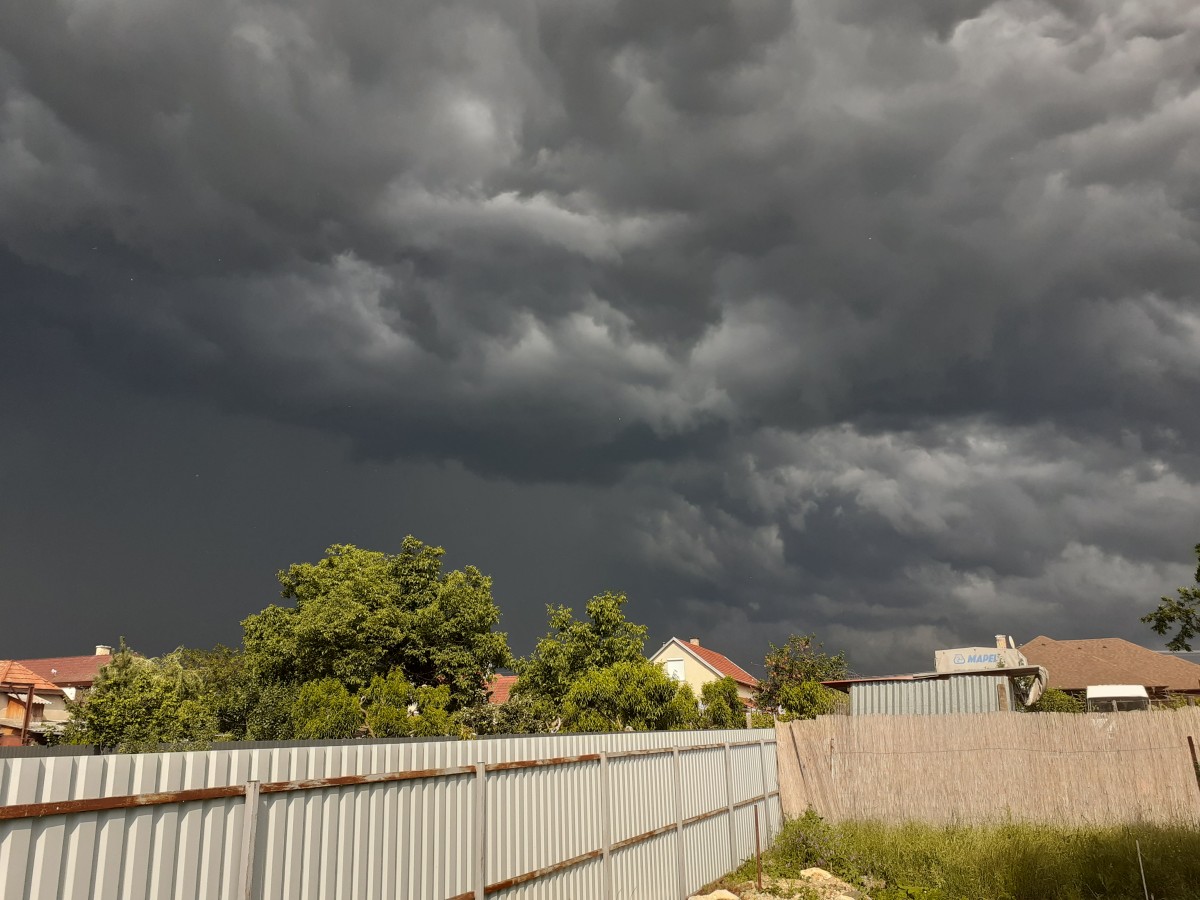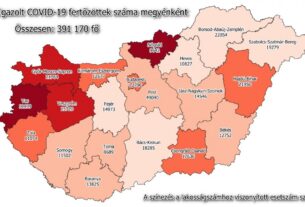Climate change is bringing increasing, extreme wind speed storms and damage in Hungary, meteorologist Csilla Péliné Németh stated in an article published on the page of the Half of the Climate on Friday.
The chief meteorologist of the Geoinformation Service of the Hungarian Defense Forces (MH GEOSZ) emphasized that while the decrease in the average wind speed due to global warming can be observed in both hemispheres of the Earth, the probability of extreme wind events increases. Trend analyzes of the average wind speed in the mountainous areas of the Carpathian region also show a decrease every month. Although this decline will remain characteristic of the end of the century according to the models, an increase in the intensity of storms is also expected.
The meteorologist emphasized that based on the measurement data and model results for Central Europe, the number of storms associated with cyclone activity in the region of Hungary will increase as the concentration of greenhouse gases increases. As a result, stronger windstorms can be expected in Hungary in the future, she added.
She also mentioned that, according to the annual reports of the National Directorate General for Disaster Management, the number of storm damage interventions has been on an upward trend across the country in recent years. On a stormy day, firefighters are often alerted to technical rescues due to fallen trees on cars, roofs, roads, broken electrical wires, and broken roof structures.
There is also a problem with the sudden heavy rainfall associated with storms and storm cyclones, which floods lower areas, cellars and underpasses. Hail is also a phenomenon that accompanies storms that cause significant material damage, which can damage roofs, cars or destroy fruit trees and vineyards. The first major hail of the year was caused by a passing cold front on April 22, which also caused a tornado in Slovakia, the meteorologist wrote.
Csilla Péliné Németh explained: the degree of warming in the Carpathian Basin is slightly higher than the global average. The number and length of extreme cold periods are greatly reduced, while more frequent heatwaves are expected. The number of storms associated with more frequent cyclones in the winter is expected to decrease, but they may be more intense.
In summer, the heat puts a heavy strain on the human body, especially when combined with the low wind speed, possibly high humidity, characteristic of a high-pressure anticyclone that builds up in summer. In addition, it is likely that the conditions will be favorable for the formation of spontaneous thunderstorms in the summer, in which stormy winds, even hurricanes, may occur, she added.
At the end of her article, Csilla Péliné Németh assessed that knowledge-based development and adaptation are also essential for mitigating the damage caused by extreme weather events associated with climate change. This, in turn, requires the development of hazard warning and weather monitoring and measurement systems, the cooperation of specialists and services dealing with the observation, analysis and forecasting of dangerous phenomena, wrote the chief meteorologist of the Hungarian Geological Survey of GEOSZ.
debreceninap.hu


















